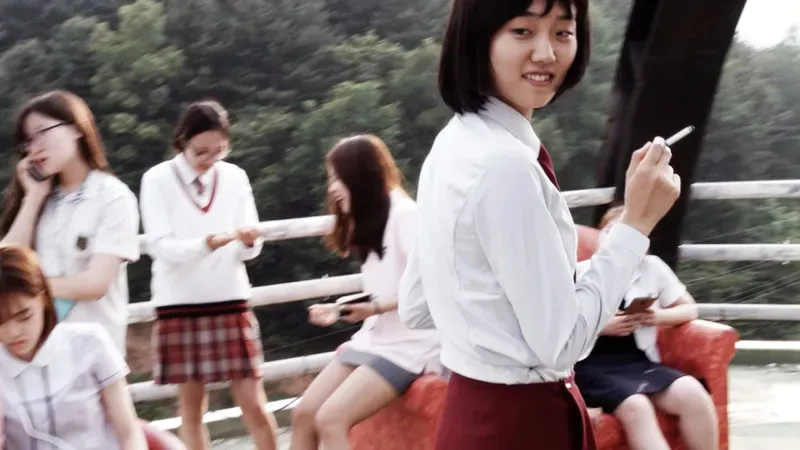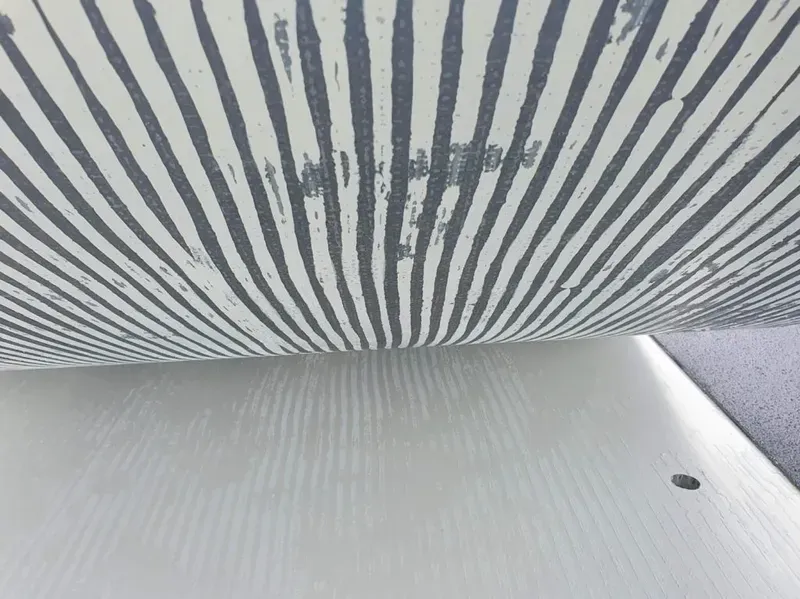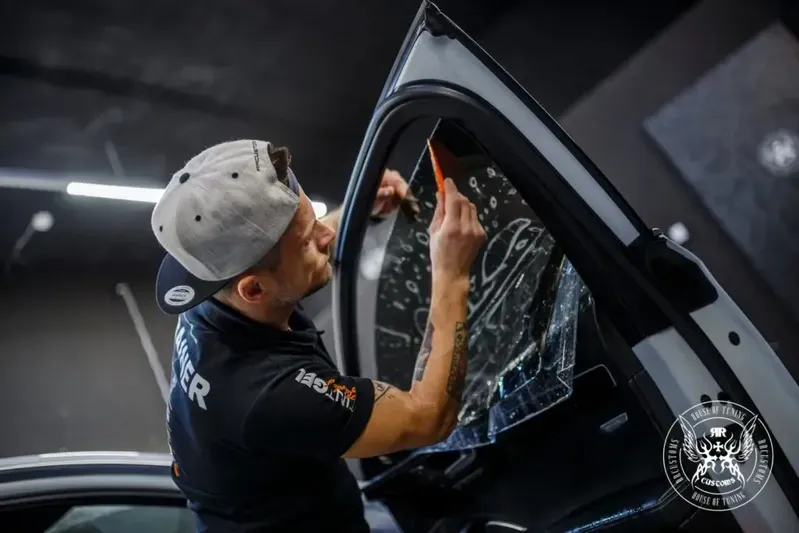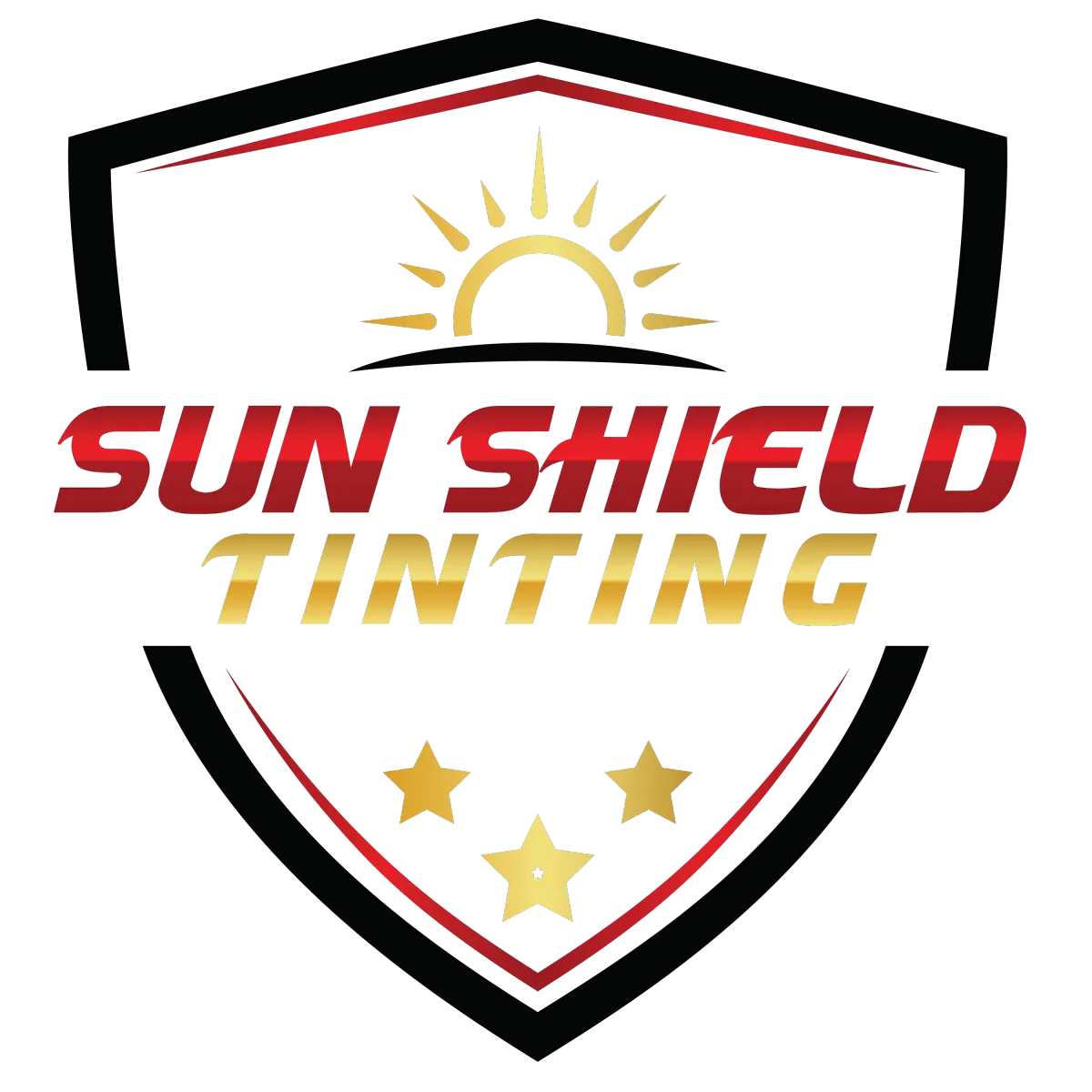Cheap tint: bubbles, fading, fines, expensive removal and repairs
Cheap tint: bubbles, fading, fines, expensive removal and repairs
Cost Pitfalls
Cheap tint returns to haunt your wallet

Cheap dyed tint looks fine on day one, but weak adhesive and thin polyester fail fast. Bubbles creep from heater lines, corners lift, and purple fade kills visibility. Removing it means razors, steam, solvents, and paid hours plus the risk of slicing defroster grids or replacing glass.
Go too dark and a DPS stop adds fines and mandatory removal, erasing any “savings.” Low‑grade film traps heat, so A/C runs longer and dashboards crack. Ceramic, IR‑blocking films slash heat, last years, and carry real lifetime warranties. Over five to seven years, bargain tint’s cost curve spikes while premium film stays flat overall.

Tally each unseen cost before choosing budget tint
Start with removal. Shops quote one to two hours per door window and longer for a bubbled rear glass. Labor and cleanup run about two hundred dollars to reach bare glass. Add new film, prep, and curing, and the redo doubles the original deal. Tear a heater line and a backlite replacement can hit four figures, turning that ninety‑nine‑dollar coupon into a bad gamble.
Tickets drain budgets. Texas requires specific visible‑light transmittance on doors and windshield strips. Cheap installers rarely meter glass, so you leave illegal unknowingly. One citation can exceed the tint price, and repeats stack. Insurers deny claims when visibility is blamed. Buyers notice bubbles and purple fade, demand discounts or force last‑minute removal. Real savings come only with compliant, warrantied materials, installed by trained technicians for lasting cost control.
Cheap adhesives fail, tint turns embarrassing purple

Dyed films rely on organic colorants that break down under UV bombardment. The result is the classic purple hue that screams “cheap tint” to every passerby. As the dye degrades, glare increases and eye strain returns. Adhesives in bargain films soften in Texas heat, releasing from glass and letting air migrate under the layer. That creates blisters you cannot squeegee flat because the bond is gone.
Bubble clusters concentrate around defroster lines and dot‑matrix edges, where texture prevents full adhesion.
Dyed films rely on organic colorants that break down under UV bombardment. The result is the classic purple hue that screams “cheap tint” to every passerby. As the dye degrades, glare increases and eye strain returns. Adhesives in bargain films soften in Texas heat, releasing from glass and letting air migrate under the layer. That creates blisters you cannot squeegee flat because the bond is gone.
Bubble clusters concentrate around defroster lines and dot‑matrix edges, where texture prevents full adhesion.

Once they form, moisture and dust creep underneath, accelerating failure. The only fix is full removal. That process involves ammonia or specialized gel to loosen glue without etching glass.
Patience is vital, rushing can score tempered panes or snap those delicate heater grids, multiplying repair bills you never planned for. Cheap tint also ages unevenly. One pane facing west fades faster than a shaded driver side, leaving a mismatched patchwork that kills curb appeal. Passengers notice hazy visibility at night when cheap films scatter headlight glare into halos. Professional ceramic films use stable pigments and sputtered particles that hold color and clarity for decades. When you amortize the install over its true lifespan, premium film nearly always wins the math.
Illegal tint invites citations, fines, mandatory removal
Texas law sets strict VLT and reflectivity caps for front doors, windshields, and certain mirrors. Go too dark and officers can cite you at the roadside with handheld meters. Each citation drains cash and time while forcing you to strip the film to pass inspection. Drivers with ride‑share or commercial plates face tighter scrutiny and steeper fines. Choosing a compliant film up front is cheaper than gambling on leniency.
Enforcement peaks during safety blitzes and nighttime patrols when visibility matters most. Illegal mirror‑finish films can also violate state reflectivity rules, compounding penalties. Quality installers meter existing glass, explain cumulative VLT, and document compliance on your invoice. That paperwork protects you if tint is questioned later and simplifies inspection renewals. Avoiding a single ticket often justifies the cost difference between bargain film and a professional job.
Redo tint labor drains time, money quickly
Removing a failed film is tedious. Technicians heat edges, peel slowly, and re‑apply chemicals to dissolve stubborn glue. Rear windows demand extra care so defroster lines survive. Expect higher rates if prior installers used industrial adhesive or stacked multiple layers. Cleanup includes razor work, microfiber passes, and glass polish to restore clarity before new film goes on. Skipping steps leaves a haze that ruins visibility.
Removing a failed film is tedious. Technicians heat edges, peel slowly, and re‑apply chemicals to dissolve stubborn glue. Rear windows demand extra care so defroster lines survive. Expect higher rates if prior installers used industrial adhesive or stacked multiple layers. Cleanup includes razor work, microfiber passes, and glass polish to restore clarity before new film goes on. Skipping steps leaves a haze that ruins visibility.


Once glass is bare, pros decontaminate with clay and alcohol to ensure perfect adhesion. Templates are re‑cut, film is shrunk to curve without fingers, and edges are sealed to prevent lift. Each stage takes time, so re‑tint quotes reflect true labor. Spend wisely once and you avoid paying those hours twice.
DIY removal seems cheaper, but amateurs often gouge glass with blades or melt seals using steamers. Adhesive residue lingers for weeks, smearing each time windows roll. Professional stripping protects glass and electronics, delivering a clean slate for quality film. Consider the lost weekend, ruined towels, chemical fumes, and risk of scratched sensors before tackling it yourself. Paying experts usually costs less than fixing home‑grown mistakes: cracked defroster lines, etched dots, or streaky glue that demands another round of scraping. Let a trained installer remove and replace it once, so your time and glass stay intact.
Ceramic and IR films: superior heat rejection
Ceramic and infrared‑blocking films use nano particles to reject heat without relying on heavy dye. Cabins stay cooler, the A/C cycles less, and long drives feel easier on you and your fuel budget. Because the film is non‑metallic, radio, GPS, Bluetooth, and TPMS signals pass without interference. Clarity stays high, so night visibility improves and eye strain drops. These films are backed by lifetime warranties against color shift, adhesion failure, and bubbling, which protects your wallet for the long haul.
Premium installers clean and decontaminate glass meticulously, design patterns with cutting software, and cure film in controlled bays. That process delivers tight edges, uniform shade, and zero trapped debris. You also receive product codes and registered warranty paperwork, making any future claim straightforward. Spread the cost over five to ten years of performance, and ceramic film ends up the lowest monthly expense and the least hassle compared with multiple rounds of cheap tint, removals, and repairs.
Documentation and reputable installers safeguard lifetime coverage
Lifetime coverage only matters if the shop answers the phone. Reputable installers keep records, honor labor, and inspect issues without blame. If a rare defect appears, they replace the pane free, preserving your investment and time. Cheap pop‑ups vanish after tax season, leaving you with worthless promises and peeling tint. Keeping receipts and product labels ensures quick resolution if anything changes down the road.
True warranties cover more than fading. They include adhesive failure, delamination, and noticeable color shift. Read the fine print: some “lifetime” terms prorate heavily after year three. Solid brands back full replacement for as long as you own the vehicle. Ask how transferability works if you sell; a valid warranty can even boost resale value. Knowledge is part of the protection you’re buying.
Cheap tint's bill balloons—invest in quality film instead.
Look at total ownership cost, not today’s invoice. Add removal labor, repeat trips, tickets, damaged defroster heaters, wasted energy from hot cabins, and resale discounts to that bargain price. Stack that against one professional ceramic install with a written warranty and real heat rejection the numbers favor quality every time. Saving eighty bucks up front can bleed eight hundred later.
Book a consultation, meter your existing glass, and pick a film that meets Texas VLT rules while actually cutting infrared load. Ask about curing conditions, warranty language, and the aftercare kit so your tint keeps performing. Spend a little more now to lock in cooler interiors, fewer A/C cycles, and clearer night vision. That’s real savings you can bank year after year. Cheap tint is a shortcut that loops back to your wallet. Choose the path that ends once: the right product, prepped glass, and a certified installer the first time.
Get our latest news and promos


SATISFACTION GUARANTEED

UNPARALLELED SUPPORT
Sun Shield of Lubbock
Social Media
Payments Accepted







